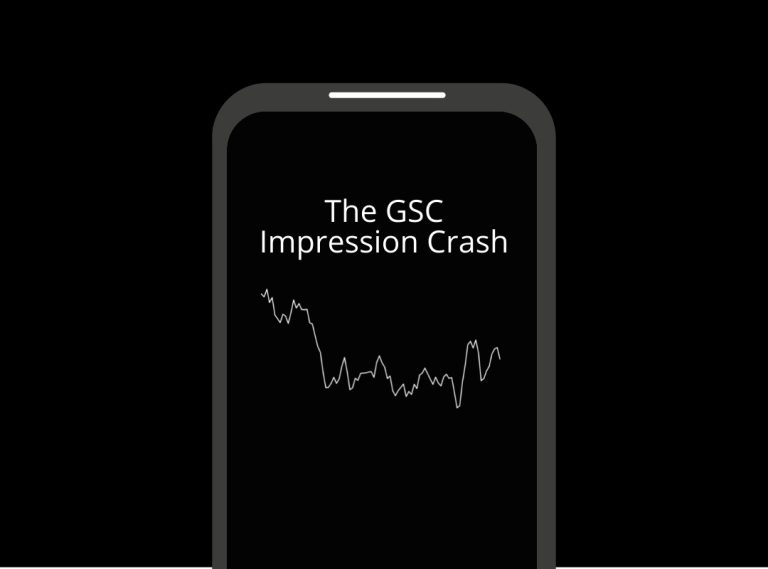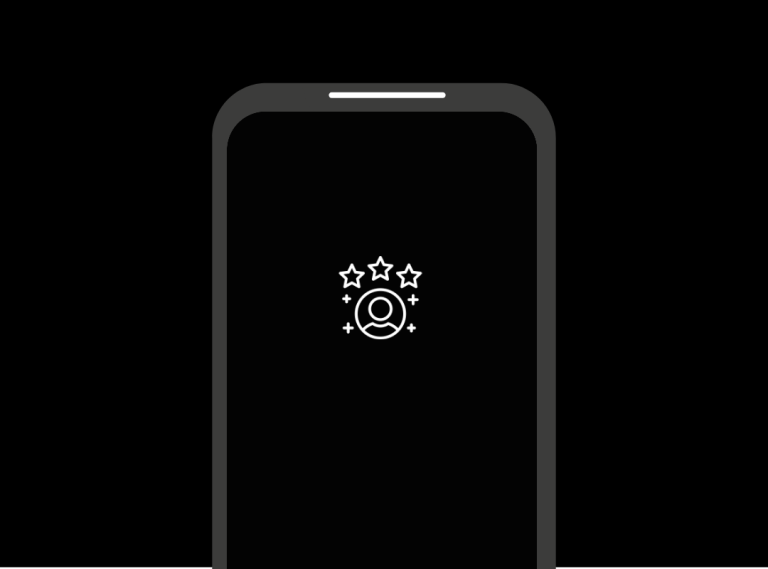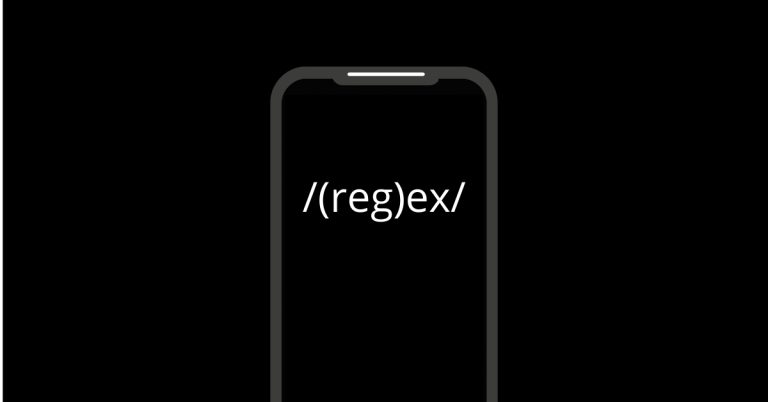If you’ve checked your website’s Google Search Console lately, you might have noticed something odd—your pages are appearing more often in search results than ever, yet fewer people are clicking through to your site.
For many, this disconnect between impressions and actual engagement is mystifying, especially when rankings appear stable and site performance otherwise shows no signs of dramatic shifts. This phenomenon is called “impression decoupling,” and it’s becoming the new normal in search, driven by the rapid advancement of Google’s AI-powered search features.
In this article, you’ll learn what impression decoupling is, why it matters, what’s causing it, and how smart brands are adapting for visibility and long-term SEO success in the age of AI Overviews and zero-click search.
What is Impression Decoupling?
For years, clicks and impressions on Google were closely linked—if your page showed up more in search, it generally meant more people ended up on your site. That fundamental connection made impressions a reliable signal for SEO opportunity and business growth.
In 2025, this pattern has shifted abruptly. Now, sites across all industries are seeing a surge in impressions without the corresponding bump in traffic. The reason? Google’s search results have evolved. Automated summaries (AI Overviews), enhanced snippets, and interactive SERP features increasingly answer user questions right within the results, so users often don’t need to click. Impressions go up, but engagement goes down.
Impression decoupling is the growing gap between visibility and actual visits. It’s a byproduct of Google’s push to deliver fast, zero-click answers through direct answers, featured snippets, “People Also Ask” sections, and especially AI Overviews.
Why Is This Happening?
The primary catalyst for impression decoupling is Google’s rollout of AI-powered results. AI Overviews, first tested in late 2024 and now widely deployed, represent a new approach to answering user queries. Instead of displaying only website links, Google provides instant answers—often summarizing content from multiple sources—at the top of the search page.
That means your brand and your insights may appear in search results as part of these AI summaries, boosting your impression count in Search Console. However, because users get their answers up-front, far fewer continue onto your site. Traffic drops, click-through rates plummet, but apparent visibility (impressions) remains high.
This shift is most pronounced for generic, top-of-funnel queries and informational searches. Users researching broad topics or seeking quick explanations increasingly find what they need without clicking onward. On the other hand, brand-specific and high-intent queries are more resilient; users with a clear goal—like buying or researching a specific product—are still more likely to visit websites.
How Does It Show Up In Your Analytics?
In Google Search Console, the story is clear:
- Impressions: Rising, sometimes sharply.
- Clicks: Declining, even as rankings remain largely stable.
- Click-through rate (CTR): Lower than previous norms.
If you compare reporting from the end of 2024 to the first half of 2025, you’ll see impressions and clicks drifting apart in stark fashion. Google Analytics (GA4) will confirm the drop in organic sessions from search, despite continued visibility in SERPs.
The contrast gets deeper. While total traffic may fall, those who do still click to your site tend to be more qualified, driven, and engaged. Metrics like session length and conversion rate may actually improve. However, the pool of users to convert shrinks overall.
Attribution also gets fuzzy. GA4 doesn’t segment traffic arriving via AI Overviews separately, so secondary brand exposure or users who return after seeing your result might be counted as “direct” visits. This makes it harder to gauge SEO’s true brand-building impact in the era of impression decoupling.
What Queries Are Most Affected?
Not all searches are equal. Impression decoupling most severely impacts results for:
- Informational and question-based queries (“how to…”, “what is…”, “best ways to…”)
- Top-of-funnel keywords typically used for discovery and research
- Comparisons, explainer, and “People Also Ask”-triggering phrases
Branded searches, product URLs, or mid- to bottom-funnel queries representing a clear purchase or selection intent have been less affected. Users on a mission still click, but casual researchers often get their answers from SERP AI features.
How Businesses and SEOs Should Respond
Forward-thinking brands are already adapting to the new normal. Here’s how:
1. Build a Strong Brand
Organic clicks are holding steady, and sometimes even growing, for direct brand searches. Investing in brand building, awareness, and sentiment is key. The more users recognize your brand, the more likely they are to seek it out directly—circumventing AI short-cuts and zero-click answers.
Brand preference is now a top-of-funnel consideration: make your brand visible, memorable, and trusted in every touchpoint. SEO alone is no longer enough for user discovery.
2. Create Content AI Can’t Summarize
Generic, repetitive content is easily digested by Google’s algorithms and presented in summaries. But distinctly original material—research, data, opinion, customer stories, tools, calculators, or hands-on guides—is harder for AI to condense into a simple SERP answer.
To remain visible and valuable:
- Publish unique studies or analyses
- Highlight authentic customer feedback and stories
- Offer detailed side-by-side product comparisons
- Build interactive tools, calculators, and resources
Distinctive content both invites more clicks and resists being replaced by AI.
3. Build Topic Clusters, Not Just Keywords
The days of isolated keyword pages are fading. Successful SEO strategies now organize content into clusters: groups of related articles tightly centered on core themes. This signals authority and expertise to search engines, strengthens topical relevance, and gives users more reasons to explore your site after seeing a first impression.
Grouping content around essential subjects isn’t just good for SEO; it keeps readers engaged and coming back.
4. Enrich Product and Service Pages
Today’s buyers expect more than just information—they want context, details, and real-world feedback. Transform your product pages into resources:
- Add FAQs and useful guides
- Include video walk-throughs and demos
- Feature customer reviews, comparison tables, and testimonials
Help shoppers forecast not just the features of a product or service, but the experience and trust in your brand.
Why SEO Still Matters
Despite AI’s advances, SEO remains as critical as ever. Here’s why:
- AI Relies on High-Quality Content:
Google’s automated answers are powered by trustworthy sources. If your content stands out by being accurate, helpful, and authoritative, it’s more likely to inspire, educate, and inform—not just appear in results. - Search Engines Still Rank Pages:
Even with AI and featured snippets, traditional results don’t disappear. Users still scroll, compare options, and click when intent is high. - SEO is Becoming More Strategic:
The modern SEO role is evolving—now requiring skills in branding, user experience, conversion, and technical architecture. AI augments some aspects, but expert human thinking is irreplaceable.
SEO is no longer just about driving clicks. It’s about showing up in every relevant moment and channel, reinforcing your reputation, and shaping user decisions wherever answers are sought.
New Ways to Measure Success
In the world of impression decoupling, success metrics must change. It’s not just about traffic or rankings. Consider:
- Engagement (time on site, depth of visit)
- Brand recall and sentiment (how often users recognize, remember, or search for your brand)
- Visibility across the full customer journey (even if clicks don’t immediately follow impressions)
Attention and credibility are emerging as powerful new currencies. The companies that thrive are those who earn engagement and trust—whether or not they get the first click.
Impression decoupling is rewriting the rules of visibility, engagement, and SEO strategy. As Google’s search becomes ever more AI-driven, impressions alone tell less of the story. Businesses now need to focus on brand-building, original content, and meaningful user experiences. High-quality SEO remains essential, but it must be woven into a broader, more integrated marketing strategy.
Success in this new era means nurturing not just clicks, but awareness, authority, and reputation. In a search landscape shaped by AI Overviews, those who adapt and evolve their approach will continue to earn attention—and grow—in ways that clicks alone can’t measure.
Ready to future-proof your visibility? Adapt your SEO reporting and content strategy today to make real impact—because being seen is now just the beginning.





